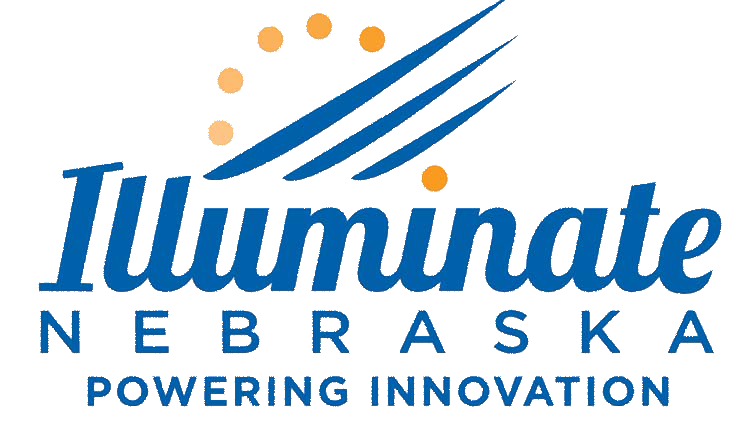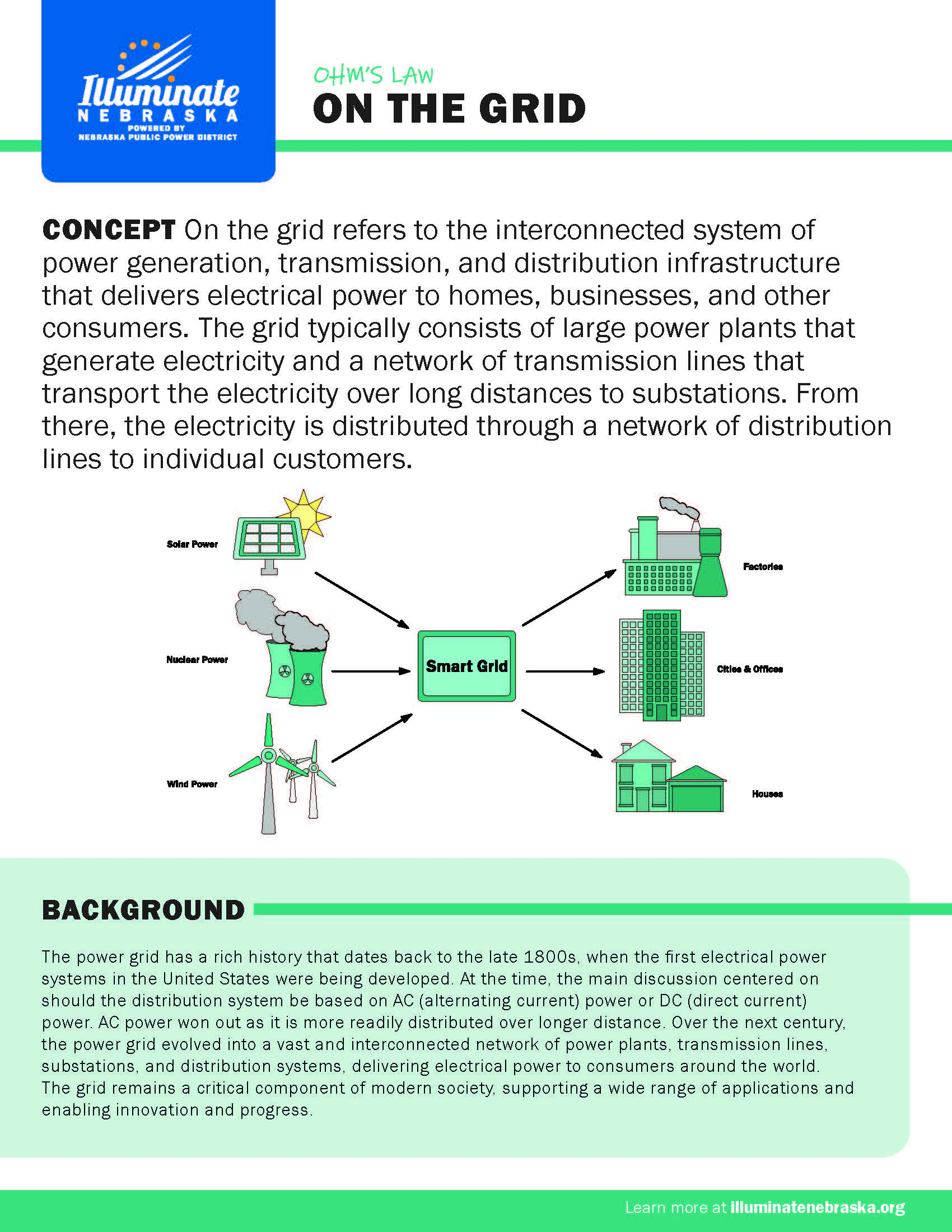Resistors
A resistor is an electrical component designed to introduce a specific amount of resistance into a circuit. It can be used to limit the amount of current that flows through a circuit or to divide the voltage in a circuit. The resistance of a resistor is measured in ohms and is represented by the symbol Ω. Ohm’s Law and resistors are fundamental concepts in electrical engineering and are used extensively in the design and analysis of electronic circuits.
On The Grid
On the grid refers to the interconnected system of power generation, transmission, and distribution infrastructure that delivers electrical power to homes, businesses, and other consumers. The grid typically consists of large power plants that generate electricity and a network of transmission lines that transport the electricity over long distances to substations. From there, the electricity is distributed through a network of distribution lines to individual customers.
Fuses
Fuses are electrical safety devices that protect electrical circuits from overcurrent conditions. They consist of a metal wire or filament that melts when the current flowing through it exceeds a certain level, thereby opening the circuit and stopping the flow of electricity. Fuses are commonly used in household and industrial applications to prevent electrical fires, damage to equipment, and injury to people.



